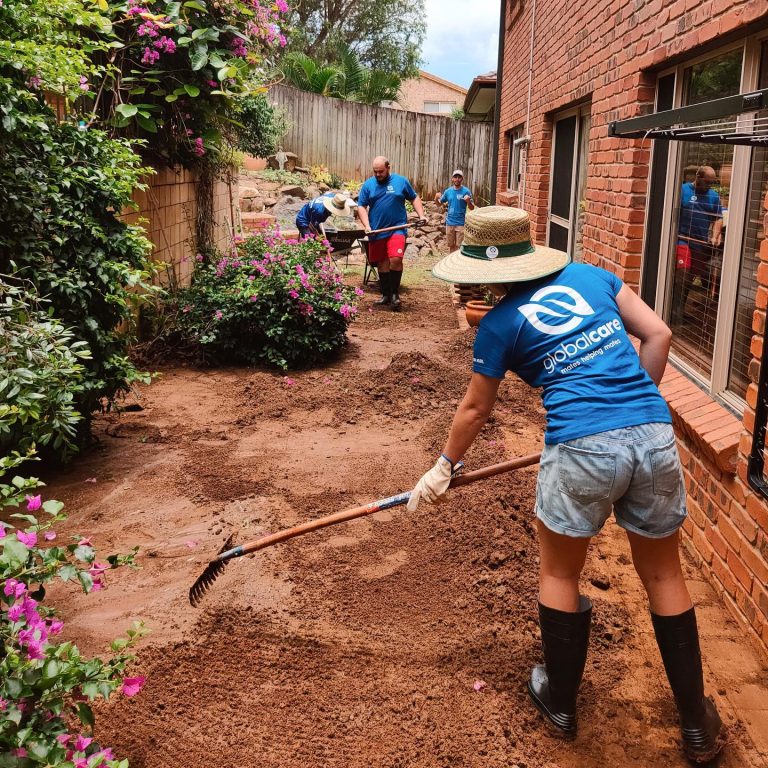Did you know that heatwaves kill more Australians than an other natural hazards?
A heatwave is in play when maximum and minimum temperatures stay unusually high for 3 or more days. Heatwaves are not only a risk to people, but can put pressure on infrastructure and services, and affect our environment and agriculture.
So, how do heatwaves occur? Click on the video below to find out.
Alternatively, take a nap! First Nations people living in the Northern Territory have acclimatised to the heat by reducing physical exertion during the hottest part of the day.
Siestas are free, carbon neutral and healthy.
Join us on our mission to love and serve people across Australia.
